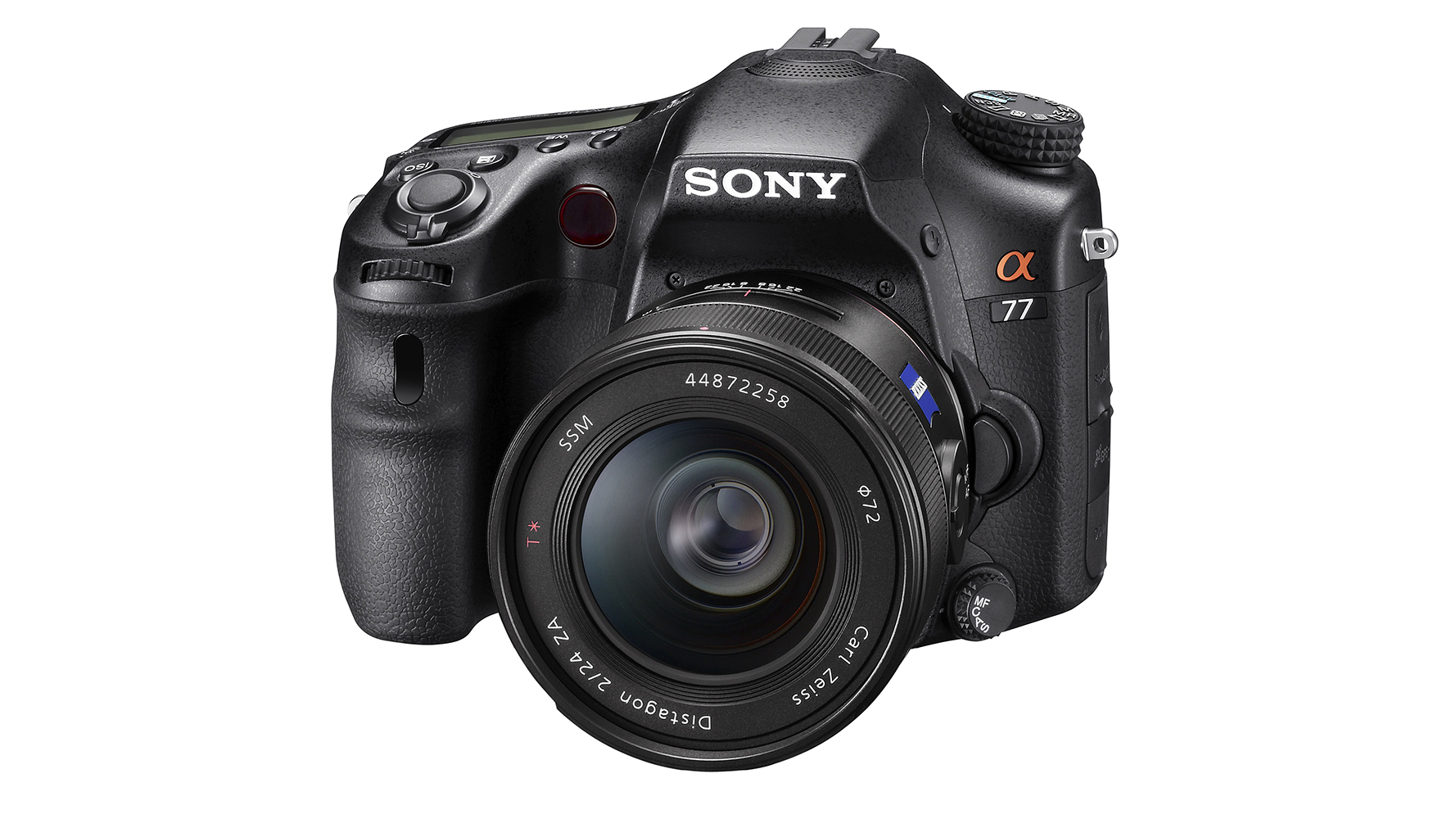Why you can trust TechRadar
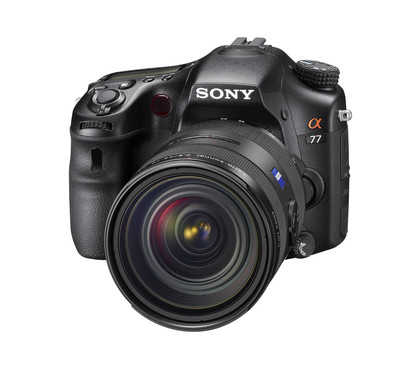
Featuring an upgraded 19-point phase detection AF sensor that betters its predecessor's 11-point offering; the Sony Alpha A77's new version incorporates 11 cross-type sensors and is designed to really flaunt the capabilities afforded by the SLT design.
Thanks to the latter, the camera's real forte is speed. The AF system is unbelievably quick to establish a lock, with near-instant focusing under most lighting conditions. The bright AF-assist lamp on the front of the camera prevents it from becoming sluggish in low light too: a welcome feature that enhances this swift camera's capabilities even further.
Continuing the theme, the Sony Alpha A77's class-leading 12fps Burst mode is a joy to use, keeping up with fast-moving action with ease. The compromise you have to make here, however, is the loss of any manual control over settings.
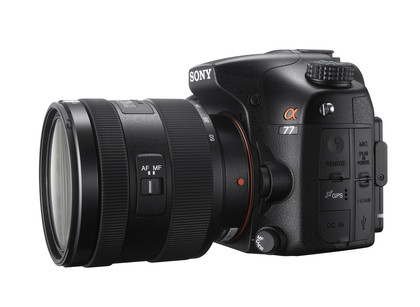
If you want to maintain power over aspects such as your aperture and shutter speed, you'll need to switch to the camera's regular 8fps continuous shooting mode, which is on a par with its main rivals, such as the Canon EOS 7D, Nikon D300s and Sony A850.
Full-time AF with live view activated, as well as when shooting movies, is another benefit of the SLT system. This results in a slick performance with no screen blackout between frames (when shooting stills) - including when you're using the camera's excellent Subject Tracking feature.
The Sony Alpha A77's beautifully detailed HD movies benefit from this feature too, as well as offering full manual control over settings if you switch to manual focus.
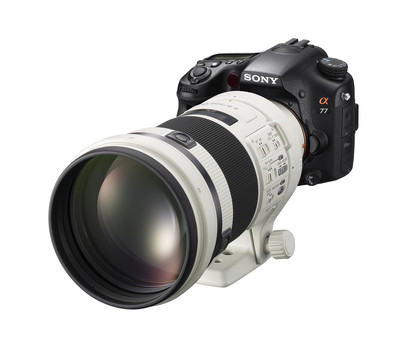
Overall, image quality from the Sony Alpha A77's class-leading (in terms of resolution) 24.3MP sensor is impressive. The camera's 1200-zone metering system performs admirably, producing consistently accurate exposures that rarely needed much in the way of manual correction.
Sign up for breaking news, reviews, opinion, top tech deals, and more.
Dynamic range is good by default, but can be expanded further using Sony's proprietary D-Range Optimiser feature to pull additional detail from extreme highlights and shadows when shooting JPEGs.
Leaving the Sony Alpha set to Auto, white balance generally produced slightly warm - but nonetheless pleasing - images across a range of different lighting situations.
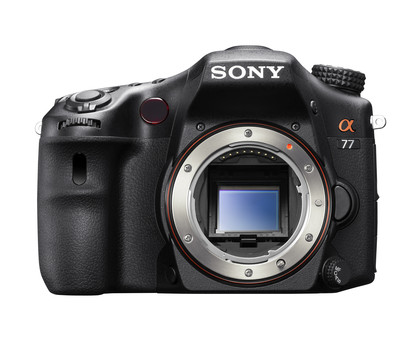
Sharpness and detail are both very good in JPEGs taken straight out of the camera, while raw files provide huge scope for manipulating everything from the tonal balance and dynamic range to the colours and level of sharpness, thanks to the volume of information they contain.
As is often the case when a sensor packs as many pixels as the Sony Alpha A77's, there's a price to be paid when it comes to noise performance at high ISOs. That's not to say that this camera produces bad results - quite the contrary - but it just doesn't quite manage to match its DSLR rivals when it comes to noise control, colour fidelity and detail retention at the top end of the sensitivity scale.
Viewed alone, the results from the Sony Alpha A77 still impress, with the camera producing perfectly usable images right up to around ISO 3200. Beyond this point, noise increases rapidly, and some overly aggressive noise reduction robs shots of fine detail. As a result, we'd only recommend pushing things up to ISO 12800 (or beyond) if it meant avoiding losing out on an unmissable shot.
Current page: Performance
Prev Page Build quality and handling Next Page Image quality and resolution